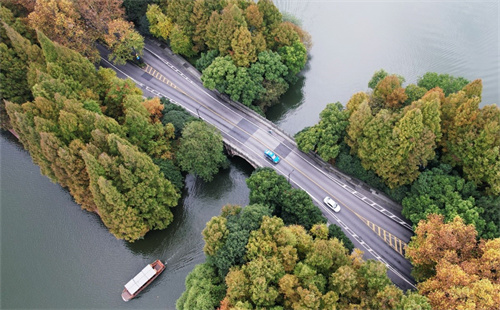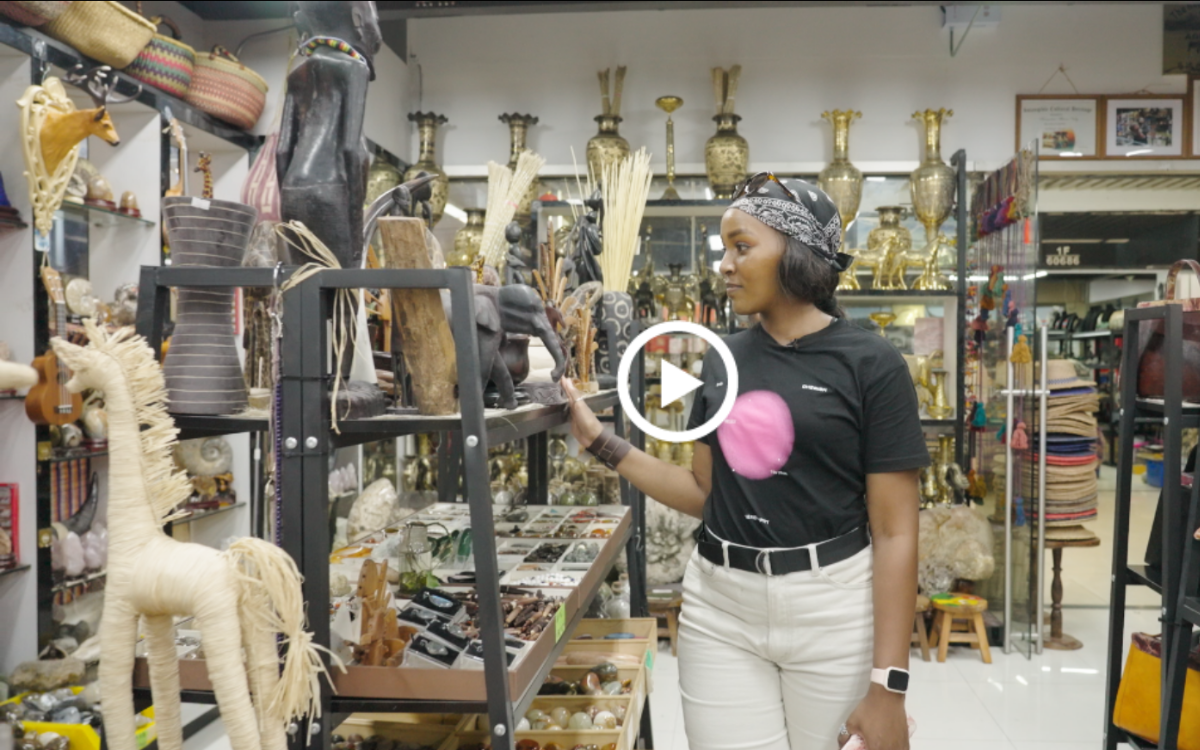The poet Wang Anshi and the city of Hangzhou
Wang Anshi (1021-1086), alternatively known by his courtesy name Jiefu and style name Banshan, was an important politician, writer, calligrapher and thinker of the Northern Song dynasty (960-1127). He is most famous for his reforms carried out under Emperor Shenzong who ruled from 1067 to 1085.
Born in Linchuan (present-day Fuzhou, Jiangxi), Wang is also known as Linchuan Xiansheng (or Master Linchuan). He obtained his jinshi degree, the highest and final degree in the imperial examinations, in 1042. Throughout his career, he served as secretary in the office of the assistant military commissioner in Yangzhou, Jiangsu, the district magistrate of Yinxian county (present-day Ningbo, Zhejiang), and controller-general of Shuzhou, among various positions. For his hard work and rich experience in local administration, Wang Anshi was appointed vice-chancellor in 1069 and became the chancellor in 1070.
Although Wang never worked as an official in Hangzhou, he had been to the city and composed a few poems about it.
In 1050, when Wang was 30, he finished his term in Yinxian county and was on his way back to Linchuan, his hometown. Perhaps invited by friends, he stayed in Hangzhou for some time during his trip, and traveled to a number of places there, including the West Lake.
The first place Wang visited, judging by his poems, was the Wanghu Lou, or the Lake Viewing Tower, where he wrote:
Amid fresh air and green mountains the water shines,
We stay for a longer while as the sun sets.
Into a long dream now we should dive,
And still travel with old friends.
Poem Written on Horseback for Yuru and Ledao after Returning from Lake Viewing Tower was apparently penned for Yuru (courtesy name of Han Zhen, 1019-1097) and Ledao (courtesy name of Yang Tian, 1007-1062), both officials, who may have invited Wang in the first place.
The Wanghu Lou was once a famous scenic spot around the West Lake. The original building has long since disappeared. Today's Wanghu Lou was rebuilt in the 1980s.
First erected in 967 in front of the Zhaoqing Temple (which is now the Hangzhou Youth and Children's Center), it was originally named the Kanjing Lou (or the Sutra Reading Tower), more than likely because of the Zhaoqing Temple. The temple was once a large complex, with its outer buildings extending all the way to the West Lake.
Once up inside the Wanghu Lou, one is instantly drawn to the clear, mirror-like lake surface nearby. The mountains stand far away, circling the West Lake. Twinkling in the middle of the lake are star-like boats and the three pearl-shaped small islands, sometimes hazy, sometimes bright. It is only natural that Wanghu Lou has always been one of the best spots for scholars and poets to drink tea and appreciate the beauty of the West Lake, and Wang Anshi was no exception. Indeed, some two decades later, in the year 1072, another prominent figure, Su Shi, who was Hangzhou's controller-general at the time, also composed a poem here.
The second place that Wang Anshi visited was the Shengguo Temple, for which he left the poem Visiting the Shenghuo Temple in Hangzhou.
Climbing up I see mountains and rivers,
As if in the middle of the lake I stay.
Looking down from the terraces,
I see vast space ahead and trees grey.
Floating clouds mix with sea fogs,
As the setting sun shakes the surface of the lake.
I sit down blowing into a flute with my friends,
To Fuyang the reverberation seems to make.
The Shengguo Temple was originally tucked away deep in the Phoenix Mountain. First built during the Sui dynasty (581-618), the temple acquired its name in the Tang dynasty (618-907) and fell into disuse after the Southern Song dynasty (1127-1279). In 1368, the temple was restored before burned down in 1522 by the Japanese pirates. Later rebuilt, it was ravaged again in 1621. Although it enjoyed some glory when Emperor Qianlong (1711-1799) went there and left inscriptions, the temple was completely destroyed in 1851. Now, some of the remnant can still be found. Carved statues of the Eighteen Arhats, though weather beaten after more than a thousand years, are very much recognizable. Inscriptions on the cliffside, including two characters (Zhongshi, which means "loyalty") written by Zhao Gou (1107-1187), Emperor Gaozong of Song, are clearly visible. The foundation of the temple's main hall and some of the old caves are also there.
The Feilai Peak (or Peak Flown from Afar) was the third place that Wang had been to, which is one of the most popular tourist destinations in Hangzhou, with more than three hundred exquisitely carved Buddhist statues hidden in the caves of the walls of the cliff. Also known as Lingjiu Peak, the Feilai Peak can be seen right in front of Hangzhou's Lingyin Temple. Legend has it that over 1,600 years ago, when an Indian monk by the name of Huili arrived, he was quite surprised to see a peak towering above the nearby valley and high in the sky. He wondered aloud "how has such a peak flown all the way from India to this place?" Hence the name of the peak.
In Ascending the Flying Peak, he declared:
On the Feilai Peak is perched a pagoda eight thousand feet high,
It is said one can see the sun rise once the rooster crows.
Unafraid of floating clouds blocking my views,
I am already standing on the loftiest peak.
Some argued that this poem, in particular the last two lines, showed Wang's aspirations to attain higher offices and to carry out his reforms later on. The "floating clouds", for example, is believed to be a metaphor for those manipulating officials at the imperial court impeding his advancement. However, it is unclear whether a 30-year-old Wang, still 20 years away from assuming chancellorship, harbored such ambitions at the time, but he surely would like to make his country a better place.
Finally, Wang wrapped up his Hangzhou tour with a poem titled Written for Shengzhi in Hangzhou.
A fantastic place to visit, you should bear in mind,
For all can match those in the capital you find.
Trees, mountains, winter snow, and all the water,
The second month's flowers bloom on city walls amid the spring wind.
In pleasure boats music greets the sunset,
In painted chambers lanterns and candles outshine the twilight.
To write the place if you are so kind,
People up north it will spellbind.
As the title made it clear, it was for Shengzhi, courtesy name of Wang Yirou (1015-1086), a contemporary of Wang's and a Song official as well. In the poem, Wang Anshi was all praise for Hangzhou, comparing it to the Northern Song capital Bianzhou (present-day Kaifeng, Henan), before stating that this poem, if written by Shengzhi, would have undoubtedly impressed people from the capital even more.





 play
play